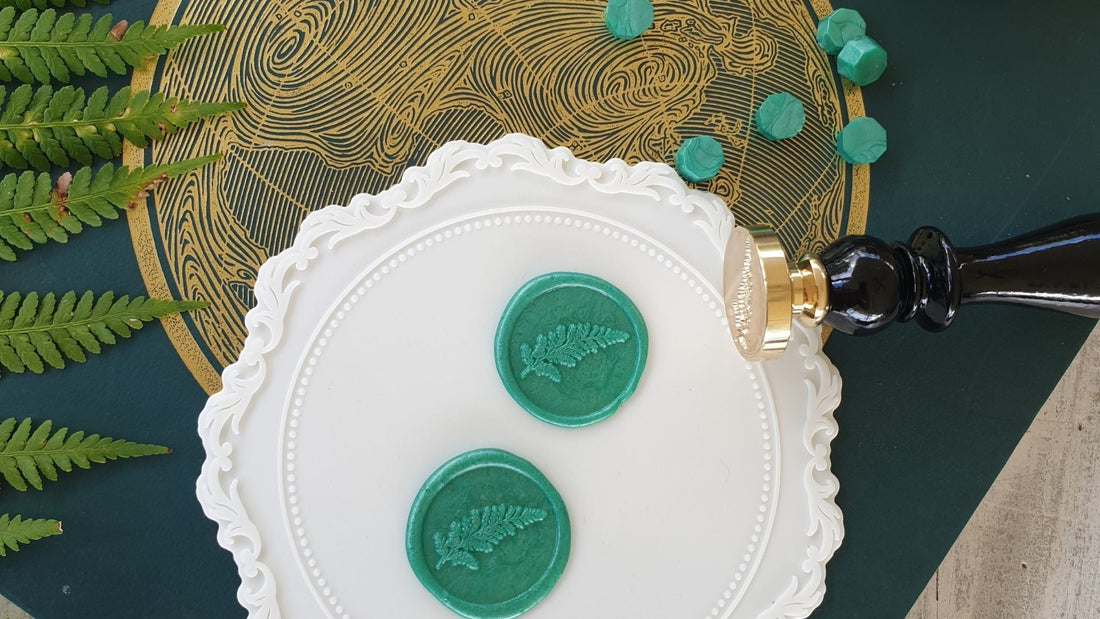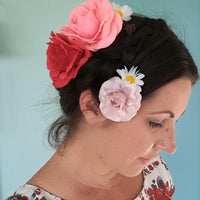
The Secret Meaning of Wax Seal Colours
Rebecca KellyShare
In Short:
As far back as the Middle Ages, wax seals have been used to authenticate documents, indicate importance, and signify the authority of the sender. These seals were not only functional, but also decorative, and the colours of the wax used were often imbued with meaning.
Over the history of wax sealing, wax seals have carried different meanings and etiquette depending on the contents of the letter or the sender’s position. The size, quality, colour, and design of the seal were all factors that influenced how it was perceived by the recipient. The size of the wax seal was a matter of taste and proportion. It was thought to be distasteful to use a large wax seal, as it implied arrogance or ostentation. The smaller and glossier the seal, the better.
The colour of the wax seal was one of the most important aspects of its meaning. As different wax colours began to flood the market in the 1800s, each one acquired a specific connotation based on social norms and customs.
So you may be asking yourself what each wax seal colour means? Let’s explore some commonly used sealing wax colours and decode their secret, historical meanings.
Wax Seal Colour Meanings:
What does a red wax seal mean?
Red Wax Seals
One of the most common colours for wax seals is red. Red wax was commonly used during medieval times to indicate power, importance, or urgency. It was often used for royal decrees or documents of great importance. Red wax seals continued to be used for formal correspondence, such as business letters or legal documents, into the 1800’s. A red wax seal indicated to the courier that the document should be delivered with haste. Red sealing wax was also a ‘default’ colour, and it would not be uncommon to use a red wax seal if no other colour was applicable or available

What does a green wax seal mean?
Green Wax Seals
Sending a handwritten letter to an old friend? Then green sealing wax is what you need! Green wax seals were used to seal casual, friendly letters between friends or acquaintances. However if you had run out of green sealing wax, red was deemed a suitable substitute.
During the16th and 17th centuries, green wax seals were also selected to indicate the importance of financial documents, such as bills of exchange and promissory notes.
What does the blue wax seal mean?
Blue Wax Seals
Blue wax seals have been used for a variety of purposes throughout history.
What colour wax seals are for love?
In Victorian times, blue wax seals were commonly associated with romance and love and were used to communicate strong feelings for the recipient. The stronger the shade of blue used in the wax seal, the stronger the feelings of love being conveyed.

What is the meaning of pink wax seals?
Pink Wax Seals
Pink was the colour of praise, congratulations, and admiration. A pink wax seal would be appropriate for a letter of commendation or appreciation or a note of congratulations on an auspicious occasion.
In the times before phones and texting, pink wax seals were considered suitable for letters of correspondence between girls.

What were white wax seals used for?
White Wax Seals
White has long been the colour of purity and innocence. White wax seals were used on wedding invitations and indicated an important document was enclosed. White wax seals were considered high priority, but not as urgent as a red wax seal. However due to the importance of wedding invitation enclosed, white wax seal letters were treated with more importance than those bearing a blue, green or pink wax seal.

What does a black wax seal mean?
Black Wax Seals
Black wax seals were traditionally reserved for use during times of mourning. A black seal would indicate that the sender or recipient had suffered a loss or tragedy. Black sealing wax was used to indicate a death, or something of grave importance and was used for documents related to funerals and other solemn occasions.
Purple Wax Seals
Purple or violet sealing wax were appropriate for sealing letters of sympathy.
Brown Wax Seals
It would have been considered appropriate to seal s dinner invitation with a chocolate brown or chestnut brown wax seal.
Yellow Wax Seals
A yellow wax seal indicated jealousy or spurned affections.

Metallic Wax Seals
Gold, silver and other metallic wax colours were called "gay waxes" and were most commonly used for correspondence between ladies. Metallic wax colours were traditionally consider too flashy for most formal documents or letters.

Mixed colour wax seals
A wax seal that consisted on two or more wax colours, was used to convey mixed emotions in the sender.
Who would have thought that a wax seal could say so much?
Through time and across cultures, the meaning of wax seal colours has varied, however the symbolic power of wax seals has remained constant. By choosing the right colour wax for their seals, people throughout history have been able to communicate their intentions and desires with elegance and grace.
In modern times, wax seals are still used to mark special occasions and important events, such as weddings, engagements, christenings and graduations. While the language of wax seal colours has been forgotten, their beauty and popularity remain, making them a favoured choice for stylish wedding invitations. These days, the colour of the wax used is often a personal preference or chosen to match the colour scheme of the event.
Now that you have unlocked the secret language of wax seals, how will you use it?
Happy wax sealing friends!


